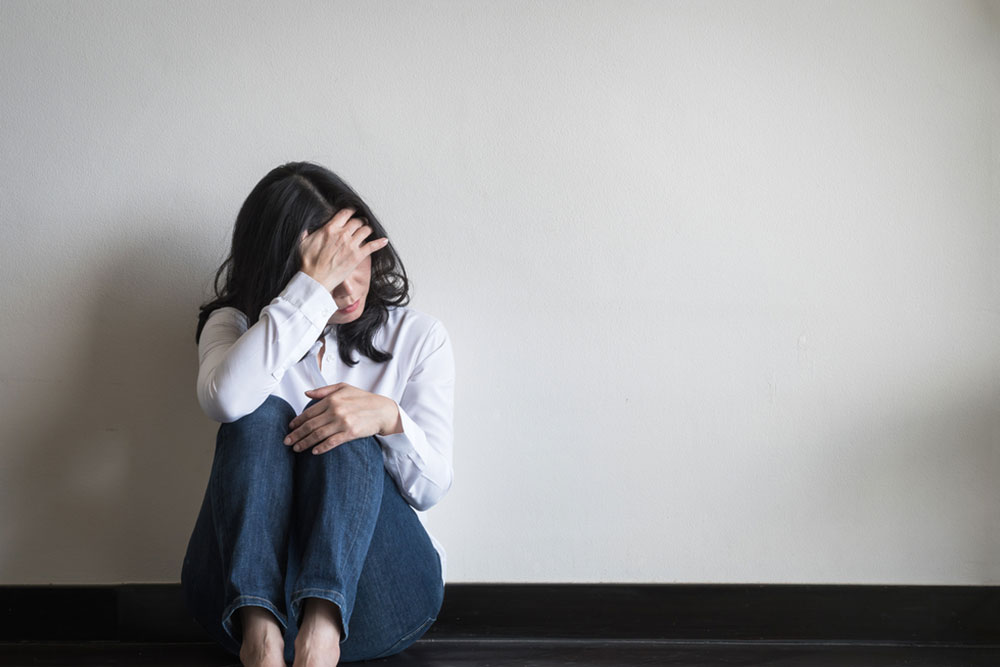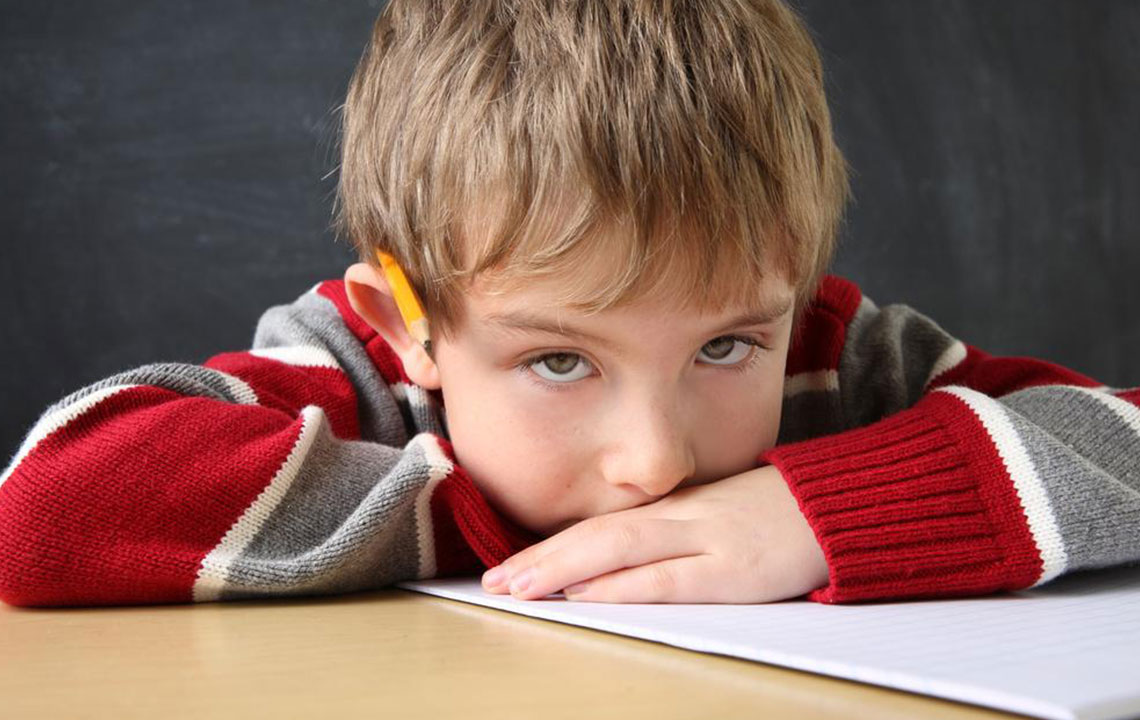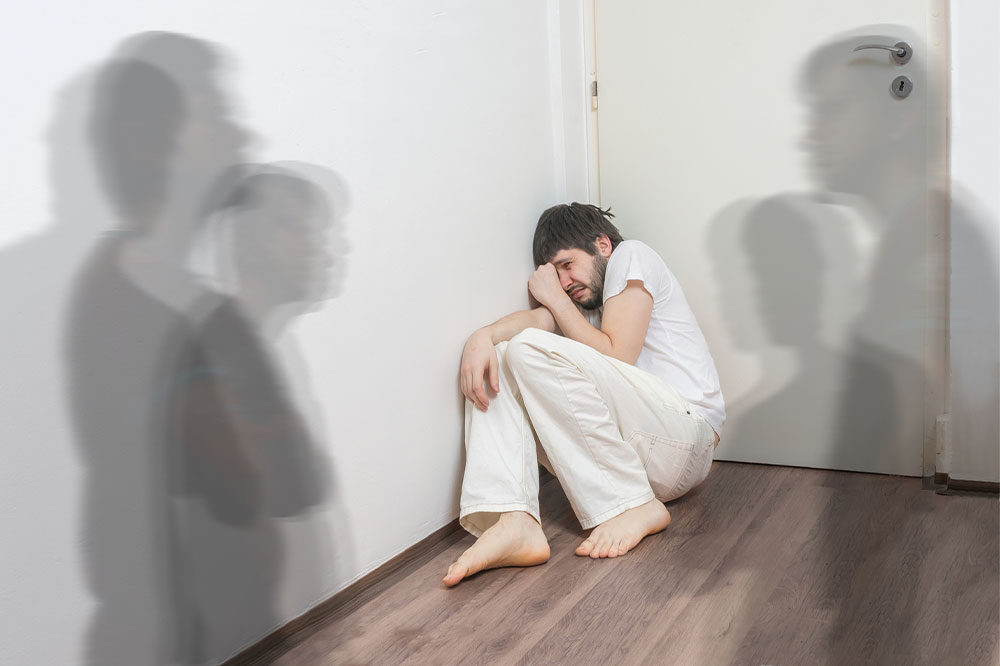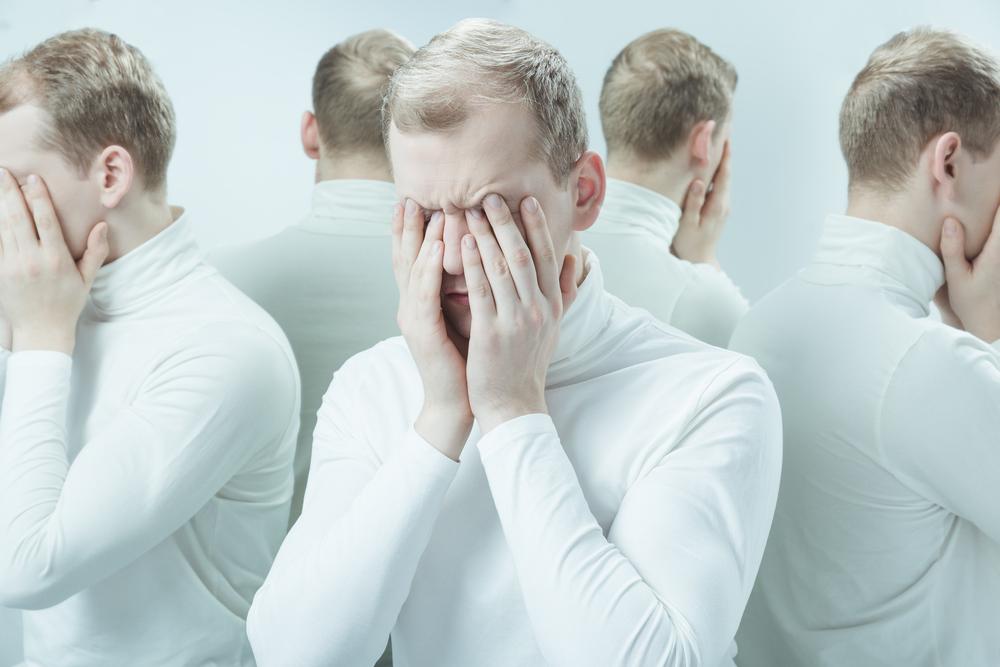Understanding Different Types of Depression
This article provides an overview of various depression types, highlighting symptoms and treatment approaches. Understanding these differences can help individuals seek appropriate support and management. From dysthymia to seasonal affective disorder and bipolar depression, the information aims to raise awareness about mental health. Early diagnosis and tailored therapy are crucial for recovery, and professional consultation is recommended for anyone experiencing prolonged low moods.
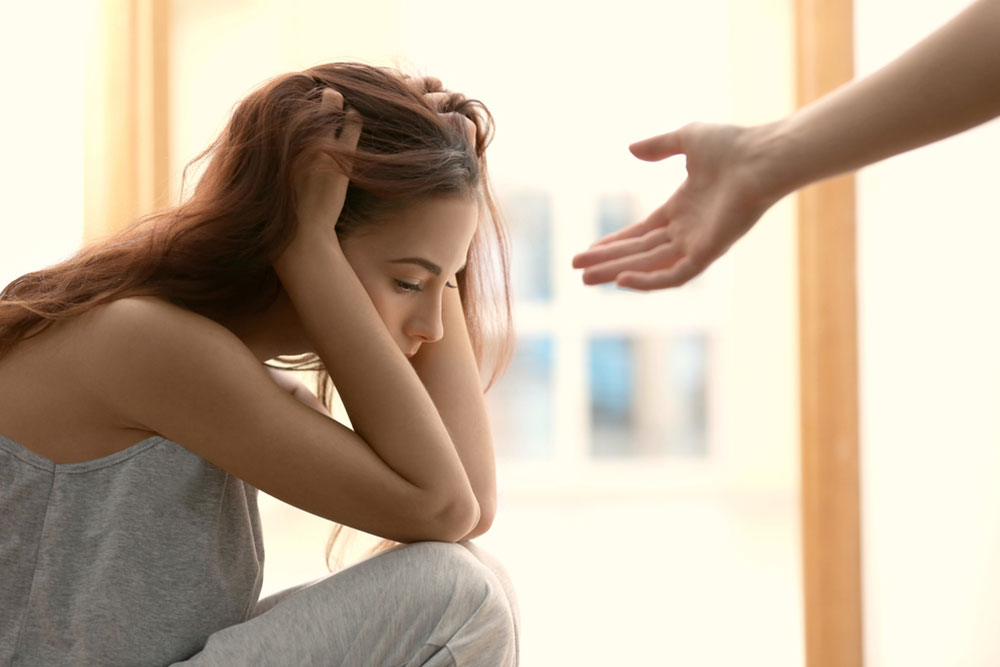
Understanding Different Types of Depression
Depression is a mental health condition characterized by persistent low mood affecting thoughts, feelings, behavior, and overall well-being. Short-term depression can result from life events such as grief, physical illnesses, or medication side effects. When these feelings last longer and begin to impair daily functioning and health, it may be classified as major depression, requiring professional treatment.
Not all depression forms are alike, and treatment varies based on symptoms, severity, and duration. Common types include:
Persistent depressive disorder (Dysthymia): A mild but chronic form affecting millions.
Atypical depression: May be temporary with few or no visible symptoms.
Bipolar disorder: Alternates between extreme moods—mania and depression.
Seasonal affective disorder (SAD): Declines occur during specific seasons, often winter, linked to sunlight exposure.
Psychotic depression: Involves hallucinations or delusional thoughts needing medical attention.
Major depressive disorder: Severe, persistent sadness lasting weeks or months. Signs include loss of interest, weight changes, sleep issues, restlessness, fatigue, and concentration problems. Treatment usually involves psychotherapy and antidepressants. If those are ineffective, options like Electroconvulsive Therapy (ECT) or Repetitive Transcranial Magnetic Stimulation (rTMS) may be considered.

